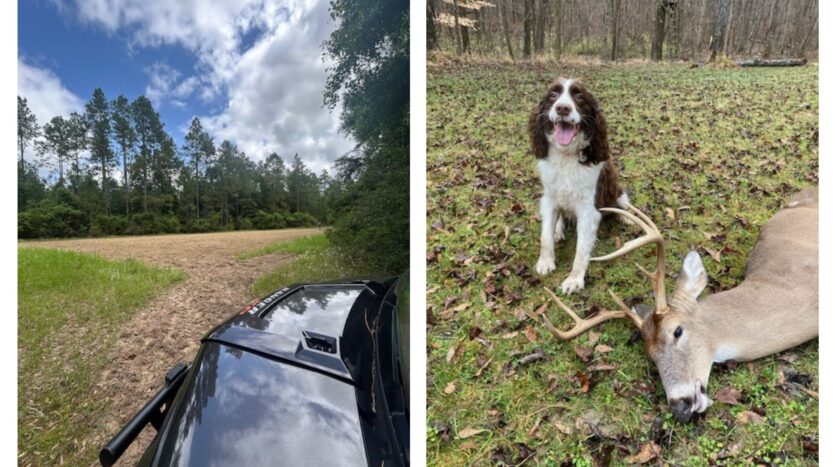How to Maximize Your Fall Food Plots This Season
As fall deer season approaches, landowners across the South are beginning to prepare their food plots. With recent advancements in seed genetics and soil science, this year could be the one where your plots truly excel. But the key to success begins with one simple step: understanding your soil.
Food plots are, at their core, a form of controlled agriculture—with the goal of heavy predation. That means they should be treated with the same attention and care as any other agricultural system. The first step? Soil testing.
Collecting a soil sample and sending it to a USDA-certified soil lab—like Auburn University’s—can give you a detailed chemical breakdown of your soil. This data helps identify what your soil is lacking and how to amend it properly. And it doesn’t always mean dumping expensive fertilizer on your land. In fact, there are often more cost-effective and sustainable alternatives.
One powerful way to improve soil health is by planting nitrogen-fixing species, such as clovers and legumes. These plants naturally pull nitrogen from the atmosphere and convert it into a form that is usable by other plants, enriching the surrounding soil. When established well, clover stands can persist for multiple seasons, continuing to improve your soil year after year.
Food plots can also be designed to meet specific goals. For instance, if your property already has ample food sources, consider planting a high-protein mix with soybeans, peas, and brassicas. These support herd health by boosting body weight and improving overall nutrition. The trade-off? These crops take longer to mature and are often over-browsed before reaching peak productivity if they are the only available food source.
So, what’s the solution? Blended plantings.
Many landowners find success with a mix that includes species with staggered maturation times—such as oats, rye, clover, brassicas, and peas. Early-season growers like rye and clover provide immediate browse, while slower-maturing, high-protein crops develop later and provide essential nutrients when winter hits.
By understanding your soil’s biological and chemical makeup and planting a blend tailored to both your land and your goals, you can establish food plots that not only support a healthy deer herd but also improve your soil long-term. With the right approach, this fall could be your best food plot season yet.
Colledge B. Elliott
Land Agent | TrueSouth Properties
Owner | CB Properties and Land Management LLC.
(205)-510-8119 | colledge@truesouth.com
Truesouth.com
Other Helpful Links:
https://mossyoakgamekeeper.com/food-plots/planting-for-maximum-food-plot-attraction/
https://deerassociation.com/a-beginners-guide-to-deer-food-plots/


